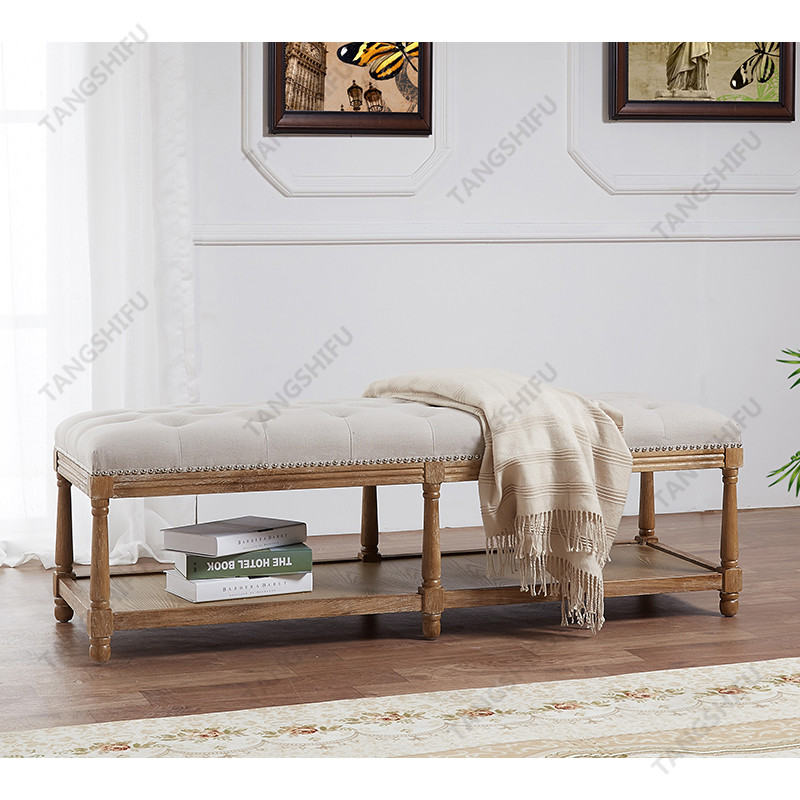Since dining room furniture is the most important part of the home furnishing industry, this article will focus on the logistics of the furniture industry.
Furniture has the characteristics of rich categories, diversified materials, large volume, which increases the difficulty of home logistics.
The author summarized the following five development issues, and carefully talked about the specific development difficulties of home logistics? How will it develop in the future?
Service process
The service process of home logistics includes transportation from furniture manufacturers to distributors (trunk logistics).
Installation and after-sales service are the industry thresholds for dining room furniture logistics. At present, only a few companies that started professional home transportation can complete the entire process of service.
Logistics companies that provide full-process services also have their drawbacks.
They usually set up warehouses in the place of production or sales of the company. The distribution of outlets is relatively concentrated.
It is clustered in a certain province or region, and does not have a national outlet.
Compared with traditional logistics, home logistics usually includes installation services and after-sales maintenance after delivery.
Furniture installation
The dining room furniture has a wide range of categories, except for a few smaller categories of individual products (such as chairs, stools, tables, etc.
In addition to the overall packaging, most of the products are detachable. In order to reduce packaging and transportation costs.
The detachable structure is adopted and assembled after being delivered to the customer's home.
Although customers have higher and higher requirements for furniture installation, the current technical level and service awareness of terminal installers are obviously far from the expectations of customers.
As far as customized companies are concerned, dealers with annual sales of less than 10 million usually do not have a fixed installation team, and local installers also serve several brands at the same time.
Although some labor costs are saved from the perspective of dealers.The skill training and ability assessment of installers have become difficult problems,especially in third- and fourth-tier cities.
The second is that during the peak furniture sales season of Jinjiu Yinshi, the supply of installation workers is insufficient, and it is difficult to guarantee the decoration period.
materials of dining room furniture
The materials of dining room furniture can be divided into wooden furniture, bamboo furniture, metal furniture, fabric furniture, stone furniture and so on.
Wooden furniture needs to consider the impact of air humidity on the furniture during transportation.
Too high air humidity is easy to warp and deformation, while air humidity is too low to crack; fabric furniture has poor dirt resistance and abrasion resistance.
When storing, ensure that the packaging is intact and avoid dust. In order to ensure that the product is intact.
It is necessary to minimize the number of movements during the transportation and handling of the product during the transportation of the product, and minimize the bumps on the surface of the furniture.

The normal cycle from order placement to delivery to the customer’s home is about 30-40 days. If the board is damaged due to bumps during transportation, the average replenishment cycle will take 2 weeks, which seriously affects the installation period.
The distributor of a certain company once revealed to Yiou that in order to improve customer satisfaction.
The distributor had prepared all the panels and cutting equipment in their warehouse for emergency needs. Of course, we do not advocate this kind of solution, nor is it the best method.
To fundamentally solve the problem of damage rate, only furniture manufacturers and logistics companies can work together.
Of course, we do not advocate this kind of solution, nor is it the best method. To fundamentally solve the problem of damage rate, only furniture manufacturers and logistics companies can work together.
Logistics industry
Intelligence helps upgrade the home logistics industry.
1.Full-house customized companies with strong financial resources represented by Shangpin Home Delivery and Sophia have deployed smart logistics, introduced professional equipment, such as conveyors, robots, etc.
2.The rapid development of professional, network-wide logistics enterprises
At present, the professionalism of the whole network logistics enterprises is insufficient, and the distribution and quantity of the outlets of professional logistics enterprises are relatively problematic.
But from a long-term perspective, only logistics companies with professional.
Network-wide core capabilities can meet the needs of furniture companies and consumers for home logistics services.
3. A high degree of compatibility between furniture companies and logistics companies
For furniture companies, especially custom-made furniture companies, the level of logistics services directly affects the reputation of the brand.Perfect and high-quality services can increase the secondary purchase rate and referral rate of customers.
The choice of logistics companies should be based on the characteristics of the company itself, including the main consumption city level and consumption characteristics, distribution of channels, main products, etc. Customized companies are still taken as an example.
For companies with a wide distribution of channels, both must be considered The distribution of logistics companies' outlets should also take into account the ability of living room furniture installation services.
4. Increase the emphasis on the service quality of the "last mile"
The "last mile" service quality directly affects customer satisfaction. In fact, the "last mile" service quality fundamentally depends on the technical and professional qualities of the installers.
It is recommended that the furniture companies concerned The selection must have fixed standards, and at the same time.
it is recommended to hire a corresponding number of fixed installers to facilitate training (installation steps, professional tools, appearance, service attitude, on-site cleaning, etc.
